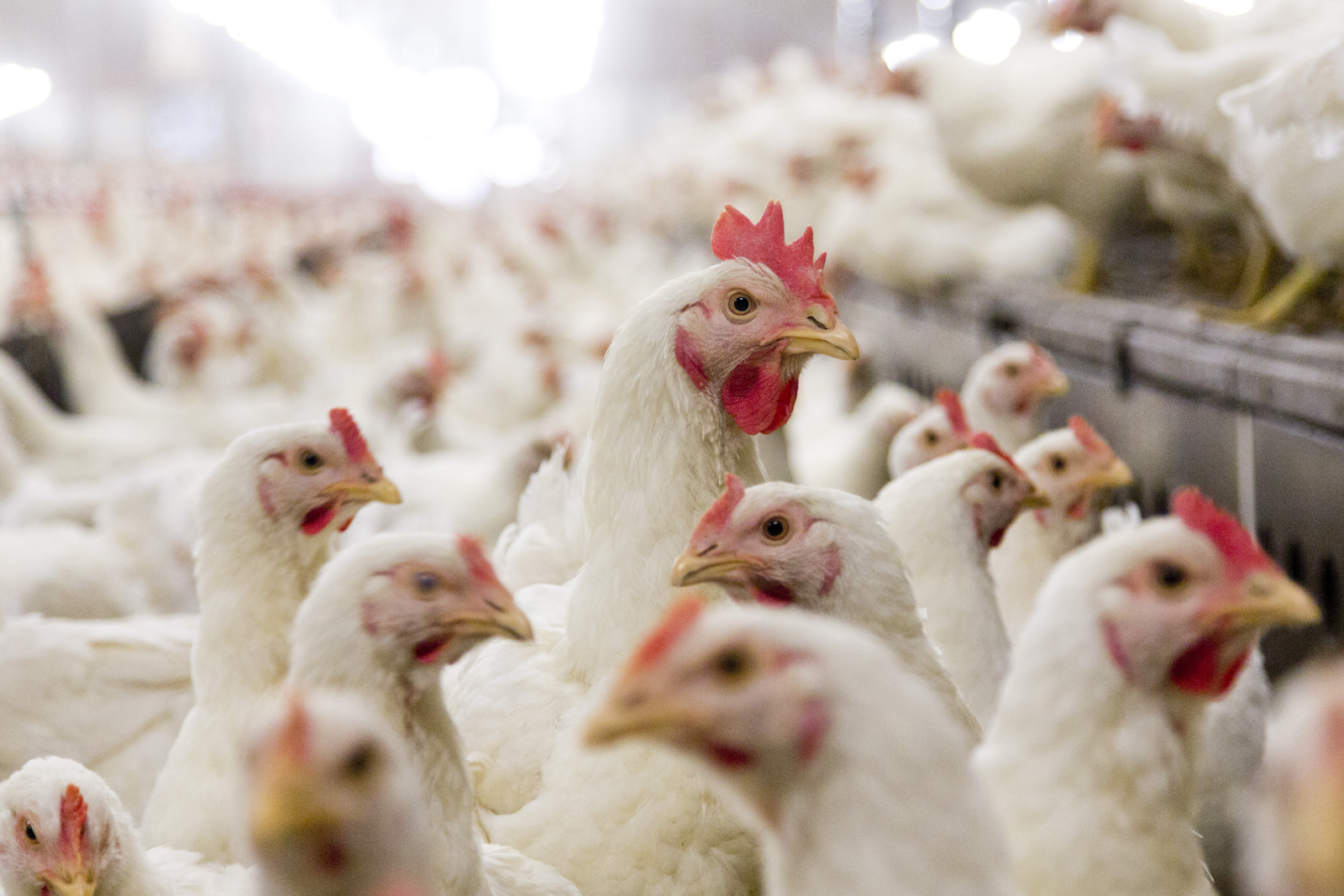The use of bacterial endoxylanase in layers

The use of NSP enzymes not only reduces the anti-nutritional effects of the non-starch polysaccharides, but also creates a prebiotic by-product which, in turn, is converted to butyrate. This has both zootechnical and economic benefits.
The improved performance seen when using NSP hydrolysing enzymes in monogastric diets is often explained as a result of reduced gut viscosity, which improves nutrient digestibility. Yet this mechanism is unlikely to be of much significance in relation to insoluble NSPs, as they have little or no effect on gut viscosity, but rather cause nutrient entrapment, also referred to as ‘cage-effect’. Furthermore, the amount of evidence for the indirect prebiotic effect of a certain type of xylanase keeps growing. The main idea is that a partial hydrolysis of soluble and insoluble arabinoxylan (AX) into smaller arabinoxylan oligosaccharides (AXOS) makes them ferment faster and favours desirable microbiota. This results in the production of important levels of desired SCFAs and improves morphological and histological changes in the small intestine as well.


The gut of layers that received a diet of corn and an enzyme supplement showed healthier villus height and crypth depth (upper picture) than chickens that received no enzyme in the diet (trial results shown in Table 1).
Effect on gut health and eggshell quality
Improved intestinal health not only influences nutrient digestibility, but also affects carcass composition and the quality of egg(shell)s. Poor eggshell quality is one of the most important issues in the poultry industry, influencing the economic profitability of egg production and hatchability. Mabe et al. (2003) indicated that cracked or broken shells account for 80-90% of eggs that are routinely downgraded. One of the main concerns is the decrease of eggshell quality as hen age increases, because the incidence of cracked eggs can exceed 20% at the end of the laying period. Furthermore, the high breaking strength of eggshells and the absence of shell defects are essential for protection against the penetration of pathogenic bacteria into the egg. In the past, several studies have shown the effects of bacterial endoxylanase on microbiota composition. Alireza et al. (2015) designed a study to unravel the true mechanism by which gut microbiota are affected by the addition of feed enzymes. The bacterial xylanase significantly increased the number of bacteria belonging to Clostridium cluster IV (butyrate producers), total bacteria and butyryl CoA-acetate CoA-transferase genes (Table 1). In addition to the effect on microbiota, the intestinal morphology was also clearly affected, since villus length and villus/crypt ratio increased by 24% and 42%, respectively. The results suggest that the tested bacterial xylanase likely affects the gut microbial profile through a combination of providing readily fermentable arabinoxylan fragments together with an overall change in digesta composition as substrate for gut microbiota.
Promotion of good intestinal health and feed intake may help to obtain better eggshell quality. Due to the lower pH caused by enhanced production of SCFA, an increased bioavailability of minerals can be expected. At the same time, increased production of butyrate may improve the absorptive capacity of the intestinal mucosa.
Results of trials
To study the ‘side’ effect of xylanases on egg quality, a number of trials were conducted in co-operation with IRTA (Spain) and ILVO (Belgium). The main results of these trials are summarised in Table 2. In trial 1, a significant increase in laying rate (92.4% vs 95.3%) was observed for the hens in the bacterial endo-
xylanase group when compared with a negative control group. FCR also improved significantly by 5.1% for the enzyme group versus the negative control group. Besides the influence on performance, a significant enzyme effect on eggshell was also seen. The incidence of broken or cracked eggs decreased from 2.33 to 1.63%.
The objective of trial 2 was to evaluate whether NSP enzymes from different origins had similar effects on performance and eggshell parameters in commercial layers. Feeding laying hens diets supplemented with either a fungal enzyme cocktail (FX) or a bacterial endoxylanase (BX) had no significant effect on their zootechnical performance. However, laying rate, egg weight and daily egg mass were numerically higher for the BX-supplemented laying hens compared with their FX-supplemented counterparts. Due to their higher egg mass and their lower feed intake, feed conversion was decreased by 28 points (1.934 vs. 1.962). In addition, there was also a treatment effect on egg quality. Eggs from hens fed BX had a significantly thicker eggshell and had fewer cracked eggshells than hens fed FX. Trial 3 was set up to research the effect of bacterial endo-xylanase (BX) on performance and eggshell quality in older layers (54 – 74 weeks of age). Supplementing the feed with BX significantly improved the laying percentage (87.9% vs 83.7%) and egg mass (58.3 g vs 55.3 g), resulting in a significantly better feed conversion ratio (1.974 vs 2.085). The incidence of broken and dirty eggs was moderate and comparable between treatment groups, whereas the incidence of soft-shelled eggs was significantly lower (0.04% vs 0.47%) for the BX-supplemented group. For Haugh units (HU), a significantly higher value for the laying hens fed the diets supplemented with BX (90.14 vs 87.60) was noticed. Supplementing a bacterial endo-1,4-b-xylanase resulted in more efficient egg production and increased HU when compared with the negative control diet (Delezie et al. 2015).
Conclusions
Based on these results, we conclude that NSP enzymes not only reduce the anti-nutritional effects of the non-starch polysaccharides, but also create prebiotic arabinoxylan-oligosaccharides which are fermented in the ceca to produce high levels of butyrate. The benefits of butyrate in terms of eggshell quality are widely accepted, so if use of certain NSP enzymes can reduce or replace the addition of butyrate, feed prices will drop distinctly. Since eggshell quality has a significant impact on the profitability of layer farms, enzyme choice must be made taking into consideration not only the effects on energy uplift and zootechnical performance, but also the effects on egg quality.
References are available on request.











